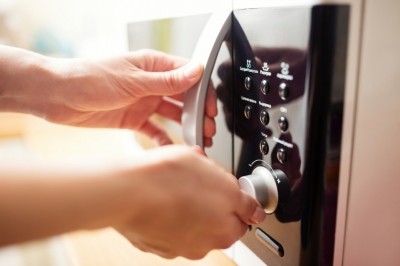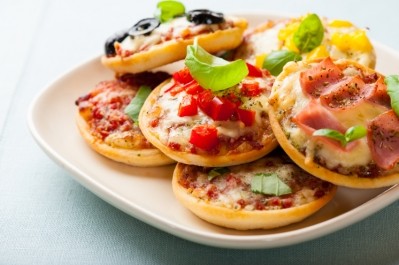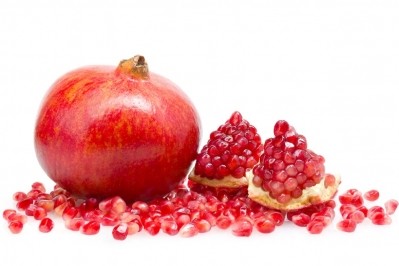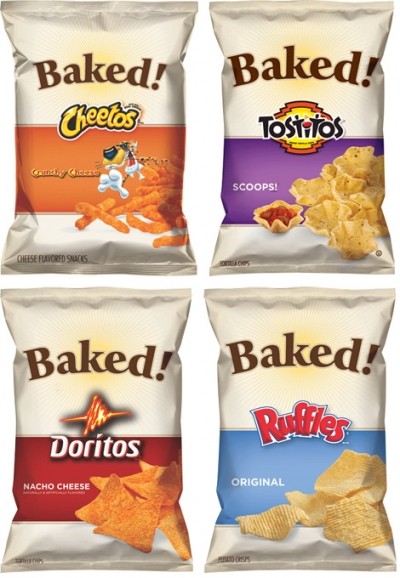Frito-Lay files patent to ‘snackify’ bread
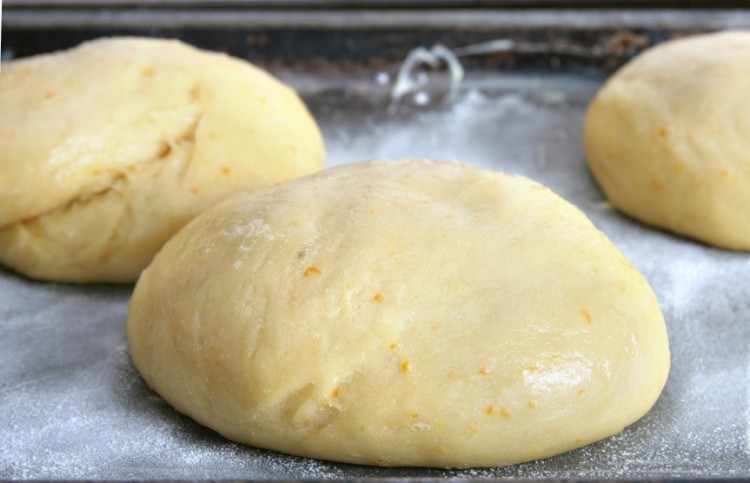
The snack titan has filed a patent for crisp bread snacks made using bread recipes from around the world, including Swedish oat bread, Torta bread from Spain and Challah bread from the Middle East.
“Because of the limited shelf-life and time involved in preparing the breads, traditional breads are not preferred as a snack food product.
“Consequently, it would be desirable to adapt the traditional bread recipes for production on a commercial processing line to produce a variety of shelf-stable snack food products that have substantially similar flavors to the traditional breads,” Frito-Lay said in its patent filing.
Speedy bread making – a balancing act
Frito-Lay has offset the lack of appropriate conditions like preparation and baking time, moisture and temperatures used to prepare traditional breads with use of additional ingredients.
Pregelatinized and native starches are important for the texture of the finished bread snacks, it said. “Pregelatinized and/or native starches enhance the cohesiveness of the dough for sheeting and the integrity of the raw cut dough pieces, lower breakage in the finished product and provide a crisp texture in the finished product.”
Frito-Lay also identified network-forming proteins as crucial ingredients that improve the structural strength of the snacks. “An added benefit of using such proteins is the improved nutritional quality of the finished product,” it said.
Processing bread snacks
While formulations for each bread recipe differ, the overall process remains essentially the same, Frito-Lay said.
The dry and liquid ingredients – flour, starches, proteins, flavorings, leavening agents, salt, sugar, fats and fibers – must be mixed together for 2-10 minutes to create a sheetable dough. The dough is then rested for up to an hour before being cut and baked for around 1-6 minutes at temperatures between 330-800⁰F. The baked dough pieces are then dried for between 10-25 minutes.
Frito-Lay said that baking in an oven with combined features – convection, high velocity impingement and radiation – vaporizes the water within the dough and ensures a crispy texture. The end crisp bread products have a moisture content of around 1-8%.
“Combining these heat transfer capabilities in one oven allows creation of product textures and surface colors/appearances that cannot be obtained in an oven with a single mode of transfer,” it explained.
Frito-Lay said manufacturing would have to be headed up by “skilled artisans” to ensure appropriate formulation and processing changes are made where needed.
